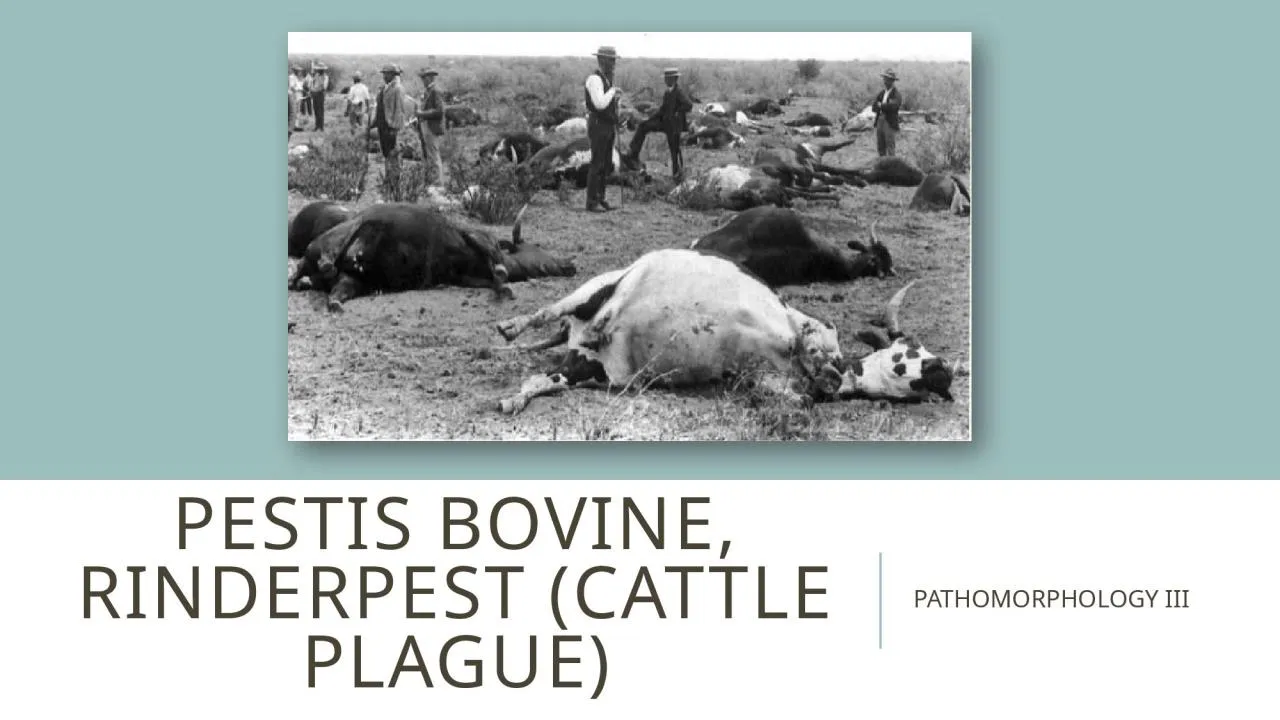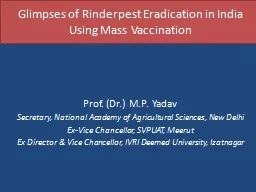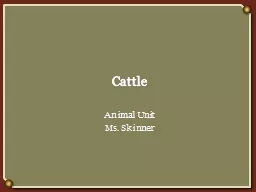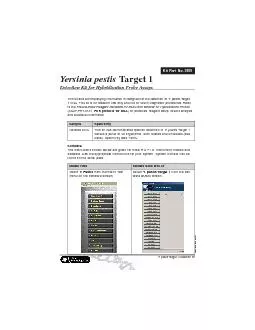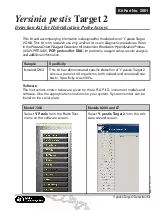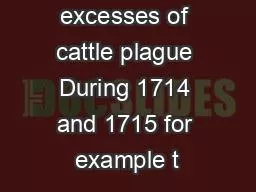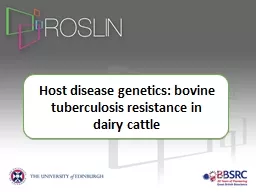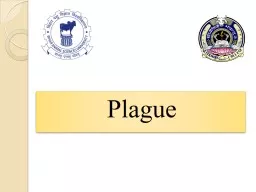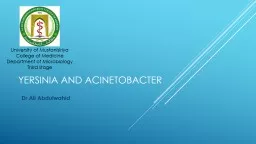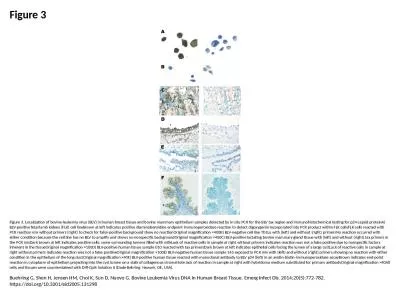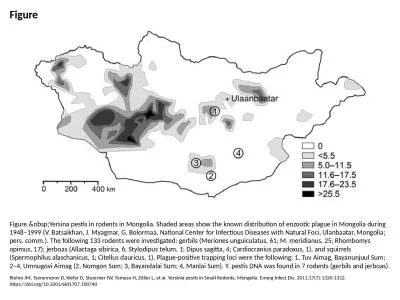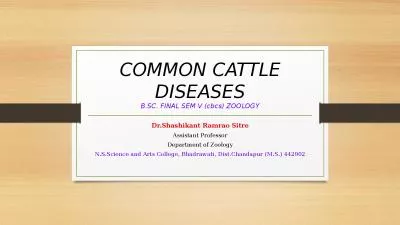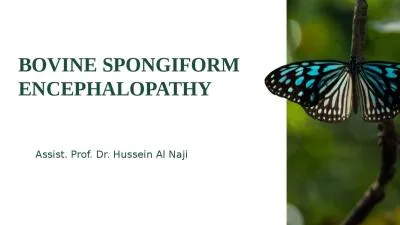PPT-PESTIS BOVINE, RINDERPEST (CATTLE PLAGUE)
Author : joyce | Published Date : 2022-06-01
PATHOMORPHOLOGY III INDEX HISTORY ERRADICATTION PROGRAMMES ETIOLOGY SPECIES AFFECTED TRANSMISSION CLINICAL SIGNS POST MORTEM LESIONS DIAGNOSIS TREATMENT
Presentation Embed Code
Download Presentation
Download Presentation The PPT/PDF document "PESTIS BOVINE, RINDERPEST (CATTLE PLAGUE..." is the property of its rightful owner. Permission is granted to download and print the materials on this website for personal, non-commercial use only, and to display it on your personal computer provided you do not modify the materials and that you retain all copyright notices contained in the materials. By downloading content from our website, you accept the terms of this agreement.
PESTIS BOVINE, RINDERPEST (CATTLE PLAGUE): Transcript
Download Rules Of Document
"PESTIS BOVINE, RINDERPEST (CATTLE PLAGUE)"The content belongs to its owner. You may download and print it for personal use, without modification, and keep all copyright notices. By downloading, you agree to these terms.
Related Documents

